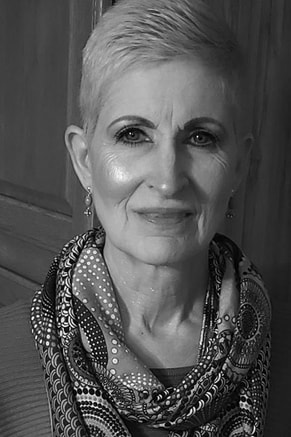|
Blake Serrano
From working with the Central Intelligence Agency to becoming an Assistant Professor in the School of Media and Journalism, Professor Stephanie Smitih’s illustrious career in public relations centers back on the importance of helping and advocating for others. Recently, Professor Smith held an event that allowed peace marshals to facilitate open dialogue about the current state of the Israel and Palestine conflict. The event was open to enrolled Kent State students seeking to educate themselves about the conflict. “We wanted to have a forum where students can learn how to have constructive dialogue about polarizing topics,” Smith said. Smith believes that hearing perspectives from all sides can encourage students to ask questions, reflect deeply and begin to develop the tools of talking to people outside of their echo chamber. “We tend to surround ourselves with people who think like ourselves, but then a terrible event like this happens,” Smith said. “We must give students the chance to be who they are and not be judged to make them feel safe.” Creating safe spaces ultimately brings peaceful and non-hostile environments for students, Smith added. The event is one of many coordinated by Professor Smith advocating for social change. Last year, she held an event educating students about what was happening with Iranian women in their country. “Not a lot of students knew about this topic, but we want them to,” Smith said. “I’m always trying to get students together to talk about things that matter to them or should.” Giving students a chance to learn how to advocate for themselves and their communities ultimately inspired Smith to develop a curriculum for the Media Advocacy minor. “We recognized students wanted to apply their majors towards social justice,” Smith said. “The minor became the answer to students’ strong desire to use the skills they have toward solving societal problems.” Smith credits the support of College of Communication & Information students, as well as faculty for working to establish the Media Advocacy program. “When students tell you that they want to add a program like Media Advocacy and you have a Dean who is all in for it, I think that’s really powerful,” Smith said. During the creation process, Smith recognized the overlap between the minor and programs such as political science, sociology, public health, communication studies and more. As a result, Smith incorporated a multidisciplinary program that would appeal to all students. “We believe that this program has an appeal across the university and that courses across the university can make this a strong minor, not just in the College of Communication & Information,” Smith said. Advocating for yourself in an organization remains an important topic of conversation for all future professionals. Smith noted that future public relations professionals must stay educated on important social topics to provide counsel for senior executives. “Organizations will look at their PR counsel to understand when the right time is to address an issue in a way that is meaningful and not performative,” Smith said. “The trouble is, it often is performative because they’re not sure what to do, and they do not want to offend a bunch of people.” By directly talking to communities, companies and PR professionals can work to enact real change and improve relations with marginalized groups or populations. “We can apply our gift for capturing voices to help the voiceless around us by directly asking communities what’s real, what hurts and what’s meaningful to them,” Smith said.
0 Comments
Leave a Reply. |
Archives
February 2024
Categories
All
|

 RSS Feed
RSS Feed
